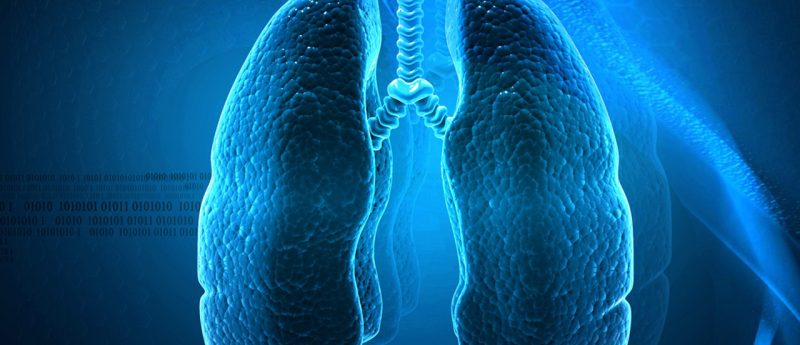First functionally vascularized lung scaffold developed

Columbia University researchers have developed a novel approach to bioengineer lungs, preserving native vasculature, which could lead to new treatments for end-stage lung disease.
Columbia University scientists and clinicians from Columbia University Medical Center (both NY, USA) have successfully developed the first lung scaffold with functional vasculature in a rodent lung. The study, published in Science Advances, represents an important step in developing transplantable organs.
End-stage lung disease is the third leading cause of death worldwide and efforts to develop reparative treatments and increase donor organ availability have been hampered by the lung’s complexity. The Columbia team, led by Gordana Vunjak-Novakovic, professor of medical sciences (Columbia University), and N. Valerio Dorrello, assistant professor of pediatrics (Columbia University Medical Center), developed a radically different approach to previous attempts.
“We reasoned that an ideal lung scaffold would need to have perfusable and healthy vasculature, and so we developed a method that maintains fully functional lung vasculature while we remove defective epithelial lining of the airways and replace it with healthy therapeutic cells,” explained Vunjak-Novakovic. “This ability to selectively treat the pulmonary epithelium is important, as most lung conditions are diseases of the epithelium.”
In the study, an airway-specific method was developed that removed the pulmonary epithelium but preserved the lung vasculature, matrix and supporting cells such as fibroblasts and myocytes. The lung scaffold was cannulated in a rodent lung, ventilated and perfused on an ex vivo lung perfusion system. A mild detergent was delivered intratracheally to remove epithelial cells whilst protecting the vasculature through perfusal of electrolytes and energy substrates. The lung scaffold was found to maintain bronchial and vascular architecture, supported development of stem cell-derived pulmonary cells.
“This is a major step forward in bioengineering lungs,” Vunjak-Novakovic concluded. “The creation of de-epithelialized whole lungs with functional vasculature may open new frontiers in lung bioengineering and regenerative medicine. This project could not have been successfully completed without the interdisciplinary effort that made us step out from our zone of comfort, and try novel approaches in collaboration with bioengineers, clinical scientists, and stem cell scientists.”
Source: http://engineering.columbia.edu/news/gordana-vunjak-novakovic-lung-scaffold